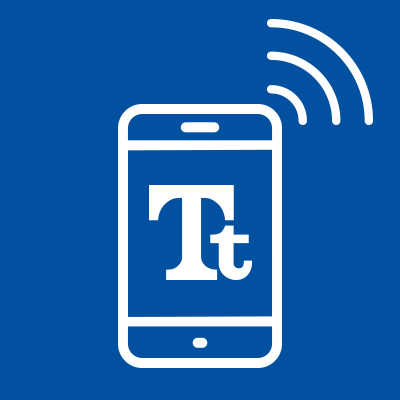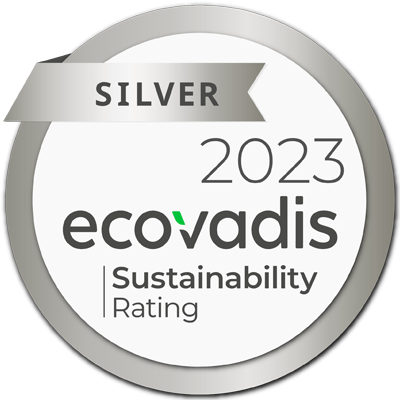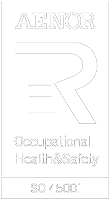Tri-Rated cable is one of those cables which people seem to believe possess almost mythical properties, a lot of people specify it, a lot of people use it, even more, people have heard of it but very few people know, or understand, what it really is!
The Concept
The concept of Tri-Rated cable is that of a single core, PVC insulated cable that in the UK is described by British Standards as switchgear and control gear wiring, (BS 6231), in the USA as Appliance Wiring Material (AWM) by Underwriters Laboratories (UL 758) and in Canada as Equipment and Lead Wires (TEW) by Canadian Standards Association – (CSA C22.2 No 127) such that the one cable can be used in all three Countries. Like a lot of concepts, it is fine in theory, but in practice, it woefully lacks of true understanding.
The Standards
For the most popular Tri-rated cable found on the internet, the following standards are applicable but there is nothing to stop anyone calling any other cable a Tri-rated cable if it can be linked to three National Standards.
| BS 6231 | Title: Electric cables. Single-core PVC insulated flexible cables of rated voltage 600/1000 V for switchgear and control gear wiring. |
| UL 758 | Title: UL Standard for Safety for Appliance Wiring Material. |
| CSA C 22.2 No.127 | Title: Standard for Equipment and lead wires. |
Intended Use
Note: This information is taken from the actual standards and not what customers and resellers think that they can use the cable for.
BS 6231
BS 6231 describes the use of the products it covers as the cables are intended for use in the wiring of switch, control, metering, relay and instrument panels of power switchgear, and for such purposes as internal connections in rectifier equipment and its motor starters and controllers. They are intended for use at alternating voltages not exceeding 600 V to earth, and direct voltages not exceeding 1000 V to earth.
UL 758
This is a much larger Standard of over 100 pages, covering what are popularly called Appliance Wiring Material the Standard is a lot more descriptive regarding the intended application of the cables it covers, some of which are extracted here as they make interesting reading:
Scope
1.1 These requirements cover Appliance Wiring Material (AWM) in the form of single insulated conductors, multi-conductor cables, optical fibres, individually insulated conductors, and fibre optic members for use as components in multi-conductor cables.
1.2 The appliance wiring material covered by the requirements of this Standard are solely for use as factory-installed wiring either within the overall enclosure of appliances and other equipment (internal wiring) or as external interconnecting cable for appliances (external wiring), or for further processing as components in multi-conductor cables.
1.7 The final acceptance of AWM is dependent upon its use in complete equipment that conforms with the standards applicable to such equipment.
It is interesting to note that this says specifically “[… ] are solely for use as factory-installed wiring […]”.
Specific designs of cable are covered by individual UL Style sheets which give the pertinent information for each specific cable – voltage and temperature rating, range and type of conductor, insulation type and thickness, the applicable standard (UL 758), the marking to be applied and the Use.
For the record and for interest, there are approximately 2817 styles of single conductor AWM. As an indication of its popularity, there are some 1423 companies listed as suppliers of UL 1015 wire, which is just one of the style sheets covering Tri-rated cable.
CSA C22.2 No. 127
This is again a much larger Standard with 110 pages covering internal wiring, an extract from the scope of this standard reads:
Scope
1.1This standard applies to insulated conductors intended for internal wiring of electrical equipment, for leads of transformers, motors, etc., and for luminous-tube signs and ignition systems, to be installed in accordance with the Canadian Electrical Code, Part I.
It is interesting to note that this says specifically “[…] installed in accordance with the Canadian Electrical Code, Part I.“

Technical Specification of a Tri rated cable
The construction
Single-core insulated only.
Conductor
BS6231 circular, plain annealed copper BS EN 60228, class 5 CSA stranded circular soft copper CSA C22.2 No. 2556. UL solid or stranded copper.
Note In CSA/UL speak a conductor consisting of a number of individual wires is designated as a stranded conductor.
Insulation
BS6231 is Type TI 1 BS EN 50363-3 PVC Insulating Compounds, CSA is Class 28 PVC, UL is extruded PVC.
Temperature Rating
BS 6231 states Types of CK cables, once installed, are suitable for a limited degree of movement at a minimum ambient temperature of -15oC. They are suitable for use where the conductor temperature does not exceed the designated temperature of 90oC.
(Note: However, adjacent to high-temperature zones, cables which are not subject to flexing or other mechanical stresses, are suitable for 15 000 h of cumulative operation at a temperature of 105oC provided that the direct contact temperature does not exceed 85oC).
UL and CSA rate these wires at 105oC in locations where oil is not present, where oil is present the temperature rating is reduced to 60oC or 80oC depending upon the Style number.
Note however that the ageing test called up by BS 6231 is 135oC for 14 days whereas the ageing test called up by UL and CSA is 136oC for only 7 days. This is explained by the British Standards 105oC rating being 15,000 cumulative hours and “… not being subject to flexing or other mechanical stresses”.
Voltage Rating
In the UK BS 6231 cables are rated 600/1000V although confusingly the scope states “can be used in a.c. circuits up to 600 V to earth or d.c. circuits up to 1000 V to earth” which is not exactly the same, normally 600/1000V cables are rated at 900 V to earth.
In the USA UL 1015 is rated at 600 Vac or 750 Vdc.
In the USA UL 1028, UL 1283 and in Canada CSA TEW wire are simply rated at 600 Vac although a footnote to table 1 of this standard says maximum voltage 1000 V.
Fire Performance
Flame propagation
Being PVC insulated most people know that in the event of a fire PVC is self-extinguishing and does not sustain combustion.
In the UK BS 6231 cables must meet the requirements of BS EN 60332-1-2.
In the USA UL1015, UL1028 and UL1283 style sheets state the required test is the Horizontal Flame Test for Internal Wiring specified in Section 1090 of UL 1581, however, the VW-1 test is optional.
In the USA the vertical flame test that is similar to BS EN 60332-1-2 is the VW-1 (Vertical-Specimen) Flame Test, UL 2556, Section 9.4.
In Canada, the FT1 flame test is that detailed in CSA C22.2 No. 2556. This is a test carried out on a vertical sample of cable but the flame application is for five 15 second applications with a 15 second period between each application.
Low emission of smoke and corrosive gases
Variously known as LSOH, LSZH, LSHF, LSNH etc Tri-rated cables manufactured in accordance with the Standards and the Styles mentioned in this paper are PVC insulated as BS 6231 does not cover Low Smoke Zero Halogen (LSZH) insulation, similarly UL1015, UL1028 and UL1283 style sheets and CSA only list extruded PVC as the insulation.
Approvals
A lot of the web pages describe Tri-rated cables as being “cable approved to three National Standards” however it is more accurately described as “meeting the requirements of three different National Standards”.
Cables installed in equipment destined for Canada or the USA have to be “Listed” or “Recognised” both are forms of approval, however here in the UK BS 6231 cables do not have to be formally approved to be used as internal wiring of equipment.
If a Tri-cable is approved by BSI, CSA or UL this must be printed on the outside of the cable and in the case of CSA and UL labels affixed to the drum or reel. Tratos, Knowsley, is recognised by UL to manufacture and apply the UL mark and labels to three UL Style numbers UL 1015, UL 1028 and UL 1283 (File number AVLV2.E143255)
Tratos, Knowsley, is also recognised by CSA to manufacture and apply the CSA mark and labels to TEW wires (File number 086744).
Codes and Regulations
Warning: Of course what must never be forgotten is that regardless of what it says in the cable standard itself, the cable has to be selected and installed in accordance with the local Codes, Rules and Regulations, these have precedence over any voluntary Standard. The practical implication of this is that people cannot “Cherry pick” the parts that may suit them from each of these standards.
Popular Q & A
Q: Is Tri-rated cable low smoke?
A: The short answer is NO BSI, CSA and UL all call for the insulation to be PVC
Q: Is Tri-rated cable H05V2-K and H07V2-K?
A: If the UK part of the Tri-rated cable requirement is in compliance with BS 6231 then again the short answer is NO. Although similar, H05V2-K and H07V2-K are manufactured to comply with BS EN 50525-2-31 and not BS 6231. Finally, the H05V2-K and H07V2-K would have to be shown to comply with CSA C22.2 No. 127 and UL 758.
Q: Is Tri-rated cable CPR compliant?
A: In BSI, UL and CSA the primary intended use for Tri-rated cables is the internal wiring of electrical equipment, so is it a “Construction Product” defined by EU regulation 2013 No. 1387, BUILDING AND BUILDINGS, The Construction Products Regulations 2013? If claims of CPR compliance are made then the cable must be subject to the tests given in EN 50575 by a Notified Body and a formal DoP made available.
Q: Is Tri-rated double insulated?
A: Short answer NO. Although UL 758 and CSA C22.2 No. 127 do contain wires that include a jacket, the style numbers used to make tri-rated cable do not, they are single-layer and of course, BS 6231 only contains cables with a single layer of insulation.

